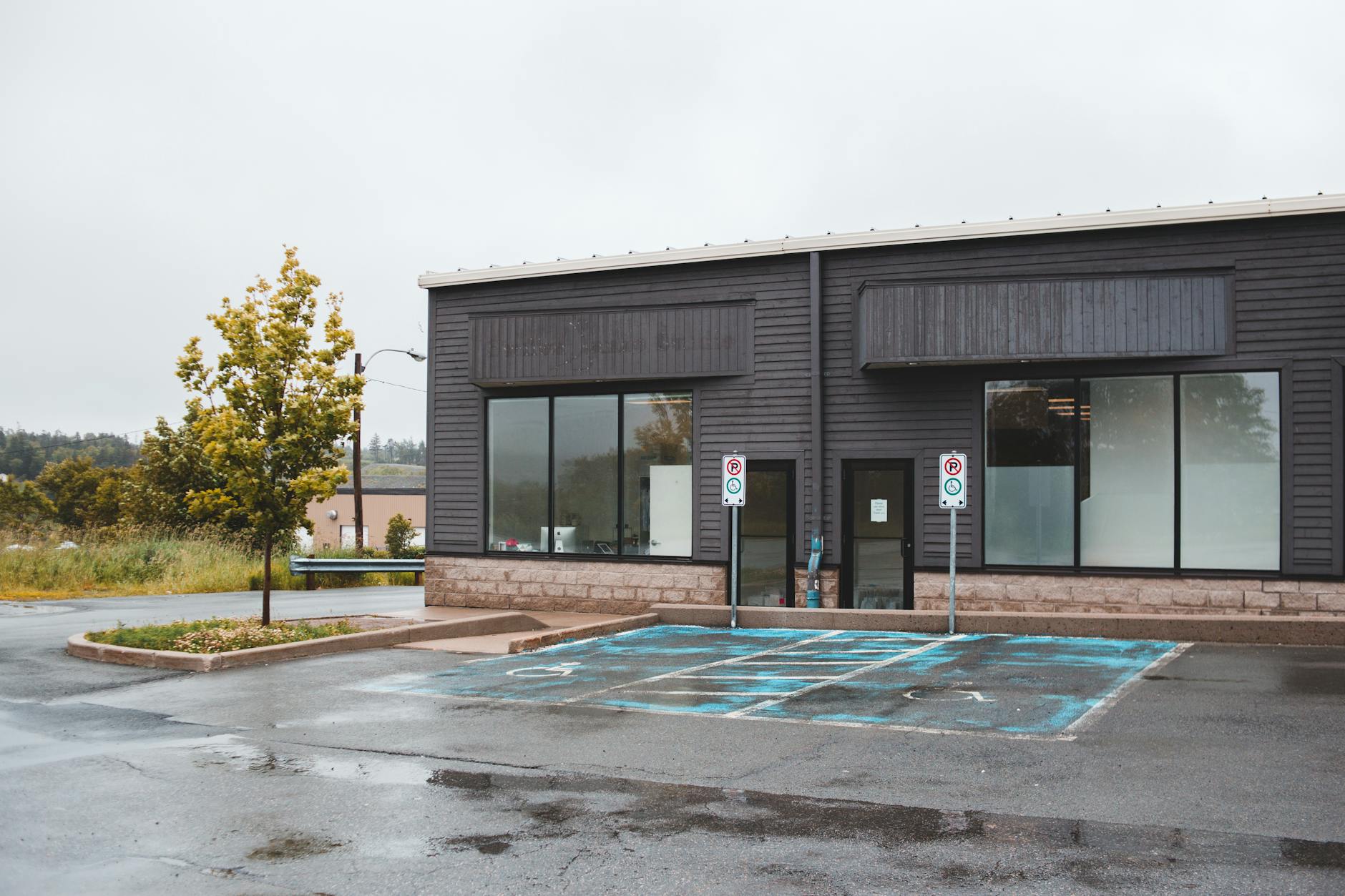How to Navigate Commercial Real Estate Listings for Retail Spaces
Navigating commercial real estate listings for retail spaces can be a complex and time-consuming process, especially for entrepreneurs and businesses looking to establish or expand their physical presence. From understanding the nuances of different listing platforms to evaluating property characteristics that align with your brand and customer demographics, the process requires careful planning and informed decision-making. This article will guide you through the key steps involved in searching and analyzing commercial listings specifically tailored for retail spaces. Whether you are a first-time tenant or a seasoned business owner, understanding how to effectively navigate these listings can save you time, reduce risks, and help secure a location that drives long-term success.
Understanding commercial real estate listings for retail spaces
Commercial real estate listings differ significantly from residential listings, primarily due to the specific considerations that retailers must factor in to ensure their location supports business objectives. Listings typically provide detailed information such as square footage, zoning restrictions, foot traffic data, lease terms, and available amenities. However, not all listings are created equal—some may emphasize price, while others highlight location or building specifications.
To begin, familiarize yourself with the types of commercial properties commonly available for retail:
- Strip malls and shopping centers: Spaces within multi-tenant complexes that benefit from complementary businesses.
- Standalone retail buildings: Independent properties offering greater customization and visibility.
- Mixed-use developments: Retail spaces integrated within residential or office buildings, ideal for high foot traffic.
Understanding these categories will help you filter listings more effectively.
Defining your criteria and budget before searching
Before diving into listings, clearly define what you need in terms of location, size, budget, and business goals. Consider factors such as:
- Location: Proximity to your target market, accessibility, and neighborhood demographics.
- Size and layout: The minimum and maximum square footage, layout flexibility for displays or storage.
- Lease terms: Length of lease, renewal options, permitted uses, and any restrictions.
- Budget: Including rent, utilities, maintenance fees, and potential build-out costs.
Mapping out these parameters will allow you to narrow down listings efficiently and focus only on spaces that truly fit your operational needs.
Evaluating listings for suitability and potential
Once you have filtered listings based on your primary criteria, it’s crucial to undertake a deeper evaluation of each option to assess its potential for your retail business. Key factors to investigate include:
| Evaluation factor | What to look for | Why it matters |
|---|---|---|
| Foot traffic data | Estimates of daily pedestrian or vehicle flow near the property | High visibility increases chances of attracting walk-in customers |
| Accessibility | Availability of parking, public transit, and ease of navigation | Makes it convenient for customers, impacting repeat visits |
| Competitor presence | Nearby businesses offering similar products or services | Can influence your positioning—either competition or synergy |
| Condition of the property | Age, maintenance history, and any renovations needed | Impacts upfront costs and future repair expenses |
By considering these factors, you move beyond surface-level information and gain valuable insights to make informed decisions.
Using multiple channels and professional advice
Relying solely on online listings or a single source can limit your options. Explore multiple channels including:
- Online commercial real estate platforms (LoopNet, CREXi, etc.)
- Brokerages specializing in retail spaces
- Local commercial real estate networking events and industry contacts
- Direct outreach to building owners or property managers
Enlisting the help of a commercial real estate broker with expertise in retail can also be invaluable. A broker brings market knowledge, negotiation experience, and access to unlisted or upcoming properties, potentially giving you a competitive edge.
Conclusion: making an informed choice for your retail space
Navigating commercial real estate listings effectively requires a blend of clear goal-setting, detailed evaluation, and utilizing diverse resources. Start by understanding the types of retail spaces available and set well-defined criteria that align with your business needs and budget. Evaluate listings not only for cost and size but also for foot traffic, accessibility, and neighborhood context, which ultimately shape the potential success of your retail operation. Finally, leveraging multiple listing channels and the expertise of industry professionals can uncover the best opportunities and streamline your search process.
By following this structured approach, you reduce risks and increase your chances of securing a retail space that supports both your immediate needs and long-term growth. Whether launching a startup or expanding an established brand, thoughtful navigation of commercial listings is a critical step toward building a viable and thriving retail presence.
Image by: Erik Mclean
https://www.pexels.com/@introspectivedsgn
editor's pick
latest video
news via inbox
Nulla turp dis cursus. Integer liberos euismod pretium faucibua

